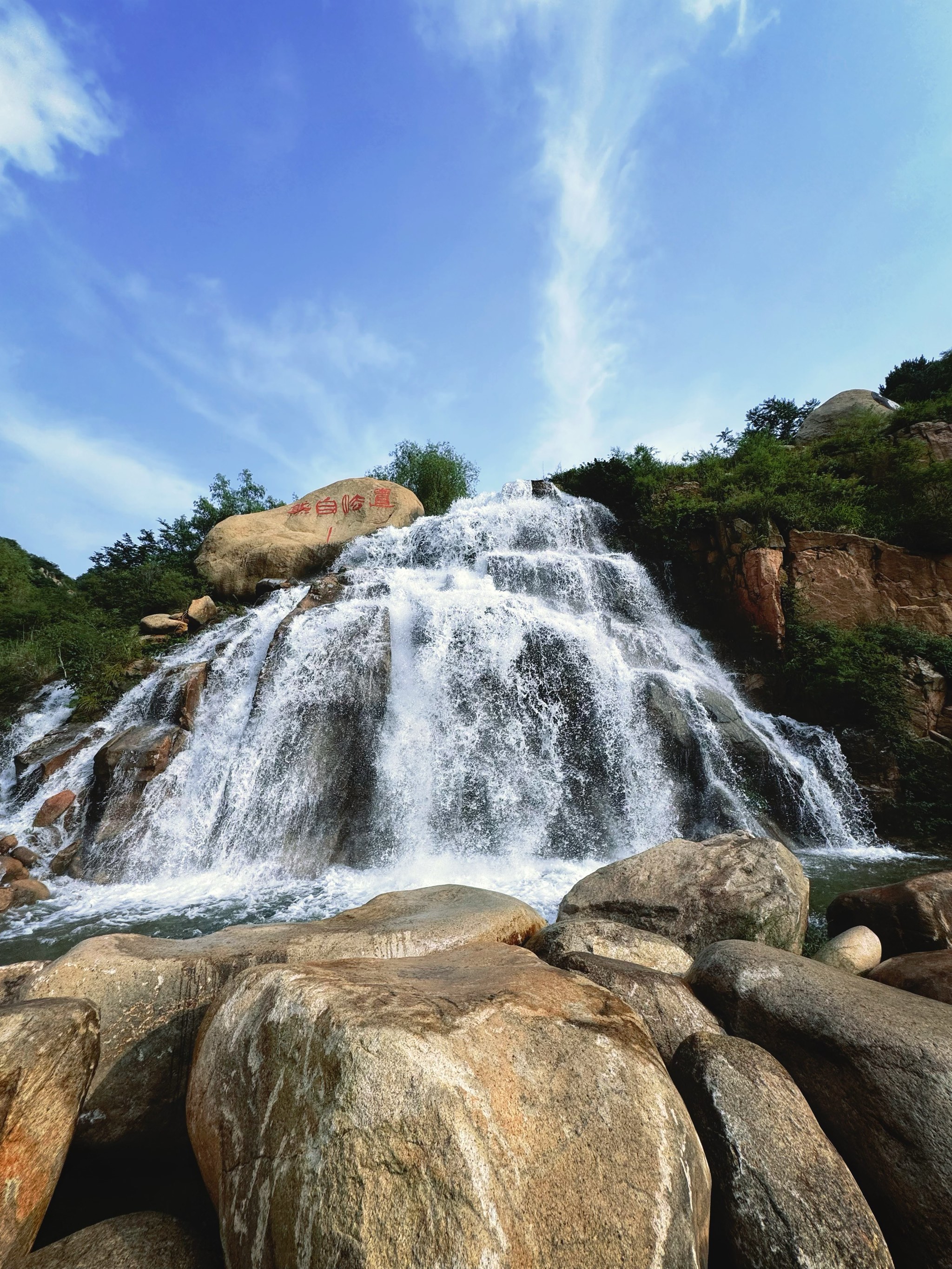The Ultimate France Travel Planner: Curating Your Dream Journey Through Must-See Destinations
Ah, France. The very name conjures images of elegant boulevards, sun-drenched vineyards, and breathtaking coastlines. Planning a trip to this iconic destination can feel both thrilling and overwhelming. With so many legendary places to visit, how do you even begin to craft the perfect itinerary? This comprehensive France travel planner is designed to be your trusted guide, moving beyond simple lists to help you weave these iconic sites into a journey that feels uniquely yours. We'll explore the classic must-see destinations while providing the practical insights and inspiration you need to solve the puzzle of planning an unforgettable French adventure.
Let's start with the City of Light, a beginning that is never cliché. Paris is more than a destination; it's an emotion. Of course, your Paris travel itinerary must include the Eiffel Tower. But consider this: instead of just queuing for the summit, why not enjoy a picnic on the Champ de Mars gardens, watching it sparkle on the hour as the sun sets? This is a fantastic way to experience the landmark without spending hours in line. Art lovers face a delightful dilemma: the Louvre or the Musée d'Orsay? For a more focused visit, consider this best time to visit the Louvre to avoid crowds—typically Wednesday or Friday evenings. Meanwhile, the Orsay, housed in a magnificent former railway station, offers an unparalleled journey through Impressionist masterpieces. To truly understand Paris, wander beyond the landmarks. Lose yourself in the cobbled streets of Montmartre, feel the literary history in Saint-Germain-des-Prés, and experience the vibrant Marais district. A Seine River cruise in Paris is not just a tourist activity; it's a relaxing way to see the city's architecture from a unique perspective, offering perfect photo opportunities of Notre-Dame Cathedral (currently undergoing restoration) and countless bridges.
No tour of France is complete without exploring its royal heritage, most spectacularly represented by the Palace of Versailles. A day trip to Versailles from Paris is a journey into the absolute opulence of the Sun King, Louis XIV. The key to enjoying Versailles is planning. Book your tickets online well in advance to skip the notoriously long ticket lines. While the Hall of Mirrors is awe-inspiring, don't miss the expansive gardens. Exploring the vast gardens of Versailles can be a day in itself; consider renting a rowboat on the Grand Canal or simply getting lost among the fountains and sculpted hedges. For a more in-depth experience, look into Versailles hidden gems tips, such as visiting the Queen's Hamlet, a rustic retreat built for Marie Antoinette, which offers a contrasting, intimate glimpse into royal life.
Now, let's journey south to a region that paints with a different palette. Provence is the embodiment of the French countryside. Your Provence itinerary summer should be built around two key experiences: the enchanting hilltop villages and the breathtaking lavender fields. Towns like Gordes, Roussillon (with its striking ochre cliffs), and Les Baux-de-Provence seem to defy gravity. Rent a car—this is non-negotiable for the best Provencal villages to explore—and allow yourself to get delightfully lost on the country roads. For lavender, timing is everything. The best time to see lavender fields in Provence is typically from mid-June to early August, with the peak around early July. The area around the Sénanque Abbey and the Valensole Plateau becomes a sea of purple, creating some of the most iconic photo opportunities in all of France. This region is also a cornerstone of French cuisine and wine tours, known for its robust red wines from the Rhône Valley, olive oil, and fragrant herbs.
On the border of Provence lies another jewel: the French Riviera, or Côte d'Azur. This is where glamour meets coastal charm. Nice, with its stunning Bay of Angels and vibrant Old Town (Vieux Nice), makes an excellent base. Don't just stay on the promenade; dive into the narrow streets for a taste of socca, a local chickpea pancake. From Nice, it's easy to explore the French Riviera glamorous coastline. Monaco offers a dose of high-stakes glamour at its famous casino, while the perfume capital of Grasse provides a sensory journey. For a different vibe, visit the hilltop village of Èze or the artistic haven of Saint-Paul-de-Vence. Cannes, synonymous with its film festival, has a charming old port and beautiful sandy beaches. A scenic drive along the Côte d'Azur is one of the world's great road trips, offering stunning vistas at every turn.

For those drawn to dramatic landscapes and world-class wines, the Bordeaux region is a must. This is a paradise for oenophiles. The city of Bordeaux itself is a masterpiece of 18th-century architecture, with its vast mirror of water place de la Bourse. But the real magic lies in the surrounding vineyards. A Bordeaux wine tour guide is highly recommended to navigate the different châteaux and appellations. You can explore the Left Bank, home to legendary names like Margaux and Pauillac, or the Right Bank, with its charming Saint-Émilion, a medieval village built atop ancient limestone quarries. Beyond the wine, the Atlantic coast is nearby, featuring the Dune du Pilat, the tallest sand dune in Europe—a spectacular natural wonder perfect for a scenic hike.
Our journey through must-see destinations would be incomplete without the Loire Valley. Often called the "Garden of France," this region is famed for its unparalleled collection of Renaissance châteaux. A Loire Valley castles itinerary can feel like walking through a fairytale. You can't see them all, so be selective. Château de Chambord, with its revolutionary double-helix staircase, is a masterpiece of scale and ambition. Chenonceau, the "Ladies' Castle," arches gracefully over the River Cher and has a fascinating history. For a more intimate and lavishly furnished experience, visit Château d'Azay-le-Rideau. The best way to experience the valley is by car or by bike, following the Loire à Vélo cycling route, which connects many of the major sites through beautiful scenery.
Finally, let's venture to the northwest corner. Normandy is a region of profound beauty and historical significance. Its coastline is split between the poignant memories of D-Day and stunning natural wonders. A visit to the D-Day landing beaches, the American Cemetery at Omaha Beach, and the museums at Caen is a moving and essential historical pilgrimage. In stark contrast, Mont Saint-Michel is an architectural marvel—a medieval abbey perched on a rocky island, cut off from the mainland by some of Europe's strongest tides. Witnessing the tide rush in is a unforgettable spectacle. Normandy is also famous for its culinary delights, including creamy Camembert cheese and the apple brandy, Calvados.
To tie all these destinations together, here are some final pieces of practical travel advice. For a first time France travel guide, a 10 to 14-day trip could comfortably cover Paris, Versailles, and one other region, like the Loire Valley or Provence. The best way to travel around France is undoubtedly by train. The high-speed TGV network connects major cities quickly and efficiently, making a Paris to Provence by TGV journey a breeze. For exploring the countryside, like Provence or the Loire Valley, renting a car upon arrival in a regional city offers the ultimate freedom. When considering the best time to visit France for good weather, the spring (April-June) and fall (September-October) offer pleasant temperatures and fewer crowds, though each season has its unique charm.
France is a country that rewards curiosity and careful planning. By using this planner to understand the unique character of each region and how they connect, you're not just checking off a list of sights; you're crafting a rich, layered, and deeply personal experience. From the romantic boulevards of Paris to the lavender-scented fields of Provence and the majestic châteaux of the Loire, your dream French adventure awaits. Bon voyage





发表评论